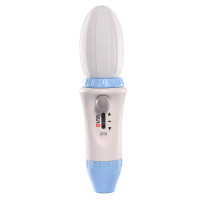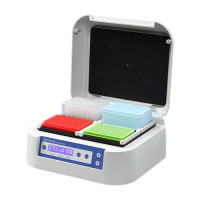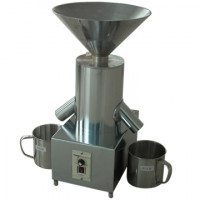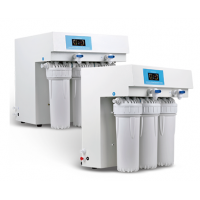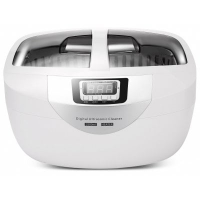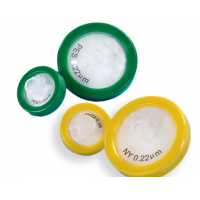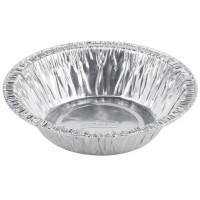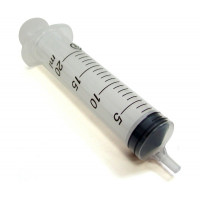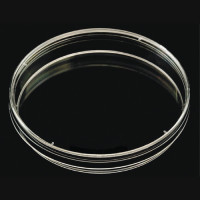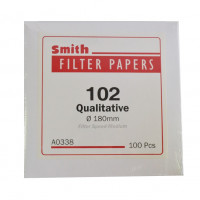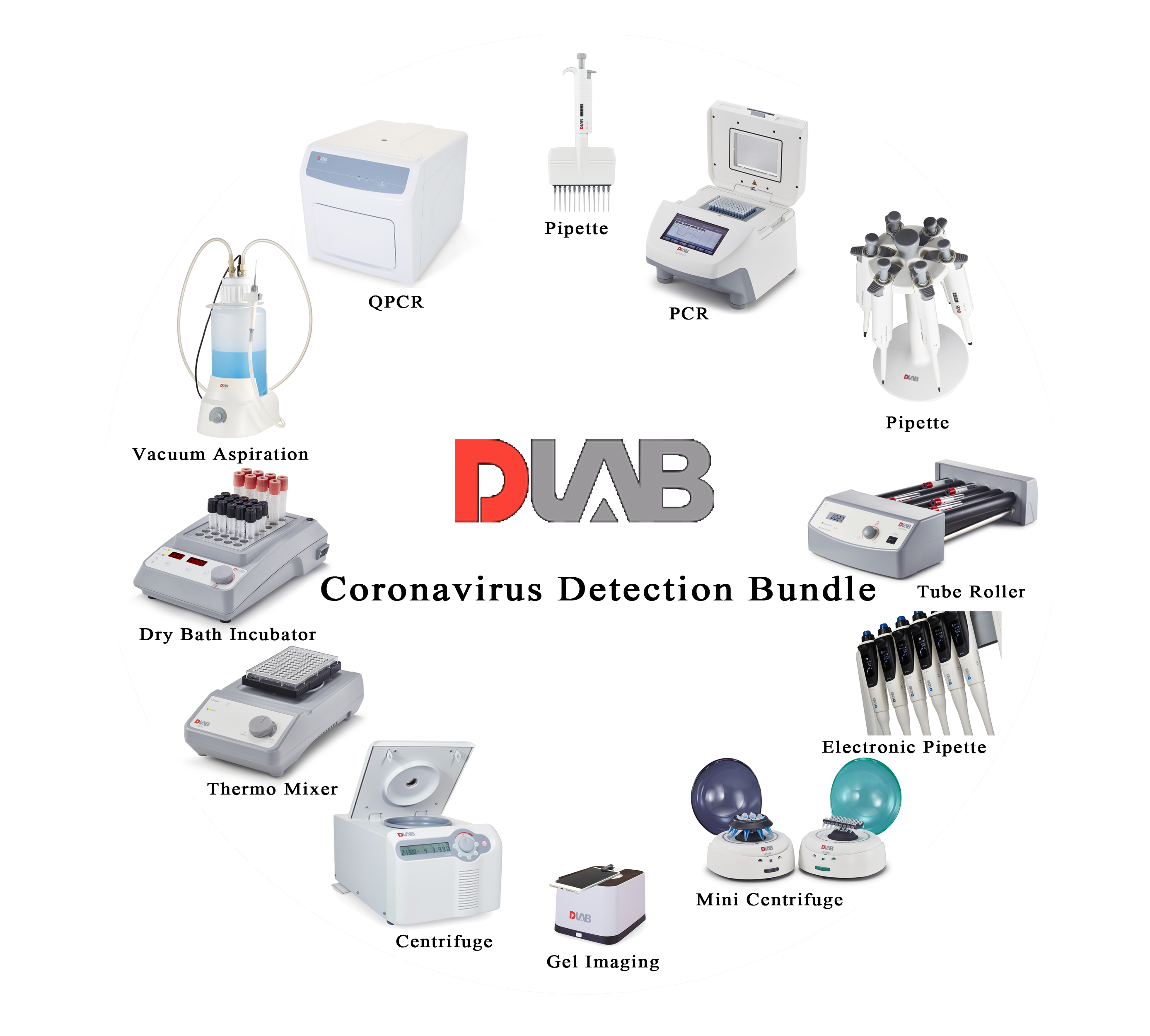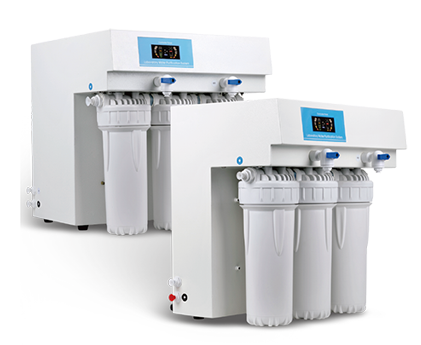Ask Question About Product
Description:
Bacillus cereus has been recognised as a causative agent of food poisonings since the 1950s. Many e arly isolation techniques used blood agar, relying on haemolysis and colony morphology for the detection of suspect Bacillus cereus, and then a range of tests for confirmation. The main problem with these media was that they were not selective and were generally only useful in detecting high numbers of Bacillus cereus. Bacillus cereus is a Gram-positive, rod shaped, facultatively aerobic sporeforming organism. The cells are large (3.5mm) and sometimes form short chains or long strings with central to termin al ellipsoidal spores that do not distend the cell. Unstained globules within the cells occur when they are grown on glucose containing media.
Although the presence of Bacillus cereus has been determined in foods related to outbreaks of illness since the e arly years of the 20th century1, its role as a causative agent in food poisoning was not established until the 1950s.
Two distinct syndromes, emetic and diarrhoeal, may occur in Bacillus cereus associated foodborne illnesses, related to two different metabolites. The diarrhoeal type of illness is caused by a heat labile, high molecular weight protein, while the vomiting (emetic) type is caused by a heat stable, low molecular weight peptide 2.
A wide range of foods have been associated with the diarrhoeal syn drome, including meat based dishes, soups, vegetables, puddings and sauces2. The emetic syndrome seems to be associated to a more limited range of foods with approximately 95% of all cases related to fried or cooked rice3. Foods implicated in Bacillus cereus induced illnesses usually contain at least 105cfu/g, although about 10 % of outbreaks have been associated with food containing less than this2. In almost all cases the implicated food has been held for too long at unsatisfactory storage temperatures.
MYP Agar is a selective and differential medium developed by Mossel et al.4. The diagnostic features of the medium rely upon the failure of Bacillus cereus to utilise mannitol and the ability of most strains to produce phospholipase C. The medium is made se lective by the addition of Polymyxin B which will inhibit Gram -negative bacteria. MYP Agar has proved to be very effective for detecting B. cereus even for ratios as challenging as one cell of Bacillus cereus to 106 cells of other organisms4.
Specification:
250g

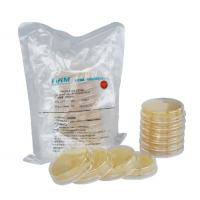
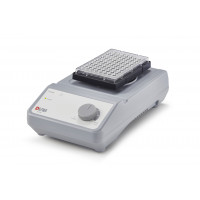
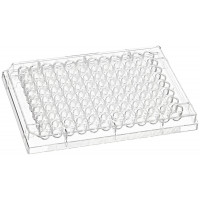
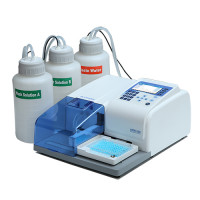
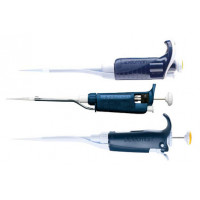
-200x200.jpg)
